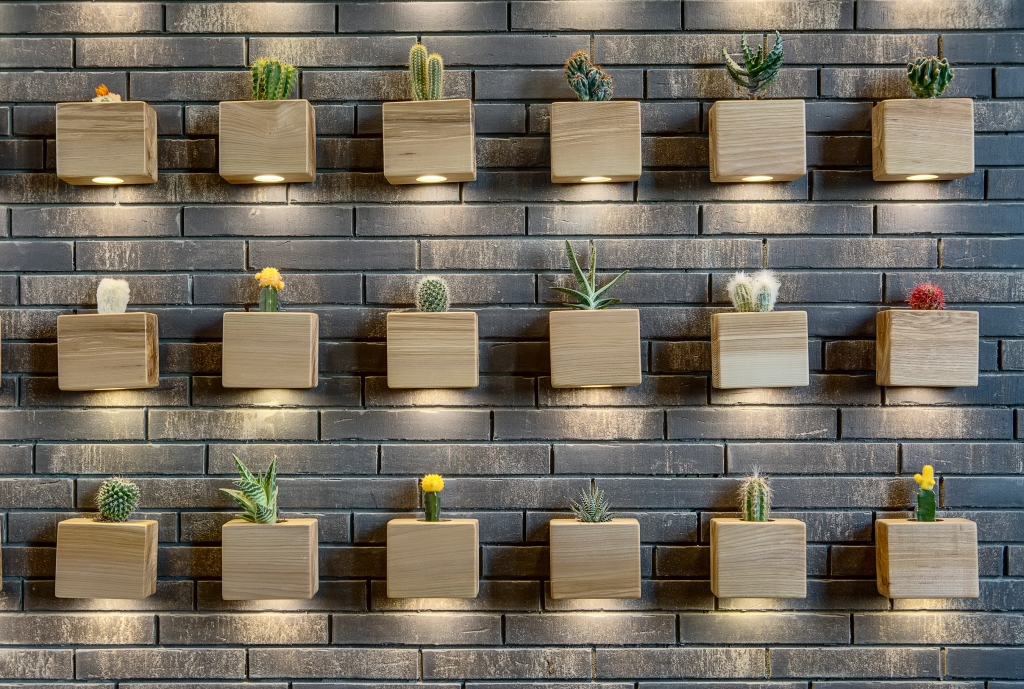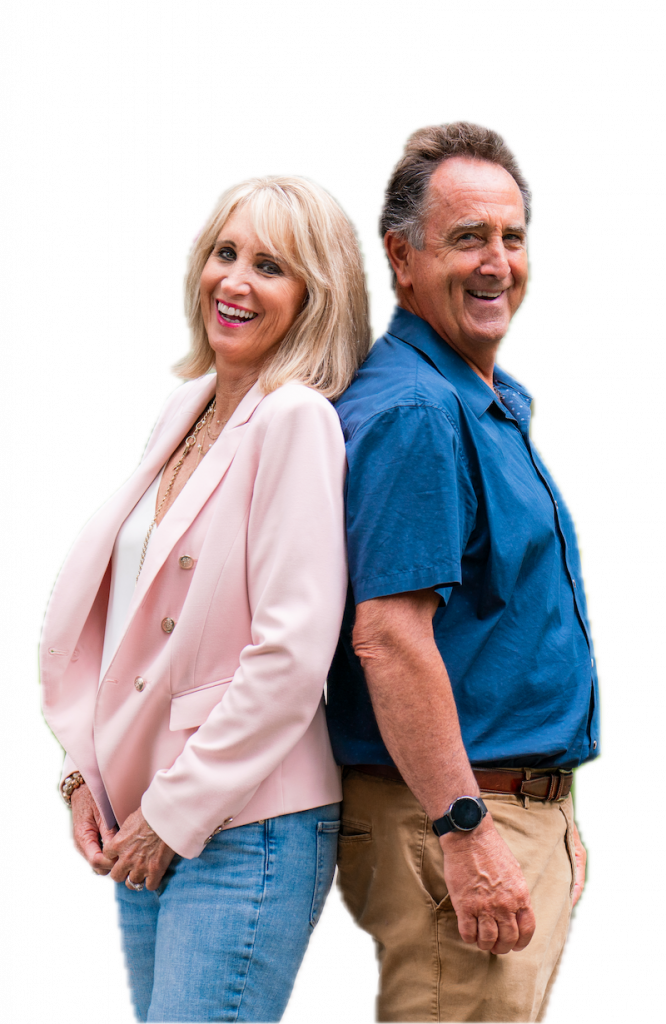Succulents for the desert interiors are a great way to include plants indoors in dry and warm conditions. Juicy leaves and stems make succulents a good choice for both easy-care and added beauty. Some of our existing clients in the Greater Palm Springs area, such as Vintage Country Club, Big Horn Country Club, Embassy Suites and many high end homes throughout the area, display the splendor of succulents indoors.
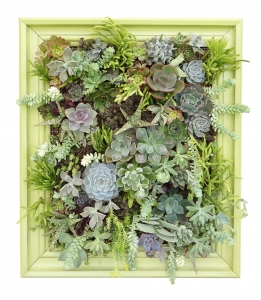
As beautiful additions to the indoor environment, whether planted alone or as companions, the choice of colors and shapes are endless. Succulents have a wide variety of colors: blue-green, yellow, white, bright green, chartreuse, pink and so many other hues. Combined with the variety of shapes – spikey, rounded, tall, leaves draping, spiral, rosettes – the perfect potted variety can fill a space with just the right creative touch and provide a center of peace and well-being.
The desert makes most indoor environments dry with warm conditions. Succulents have special water-storage tissues and are able to survive conditions too dry for other indoor plants. Fast draining potting mix is the perfect medium for these plants with needed drying out between waterings. There are a variety to choose from for low to high lighting requirements. Be sure to keep them away from door drafts and avoid touching any cold windows in the winter.
Did You Know? While all cacti are succulents, not all succulents are cacti. Both succulents and cacti have the ability to store water, so share that in common. But what makes a cactus different from a succulent are areoles where spines, branches and flowers may sprout from a cactus but are not found on a succulent. The areoles usually look like small, fluffy cotton-like lumps on the body of the cactus.
Here are 4 succulents that are easy to care for and look gorgeous for the indoor desert environment.
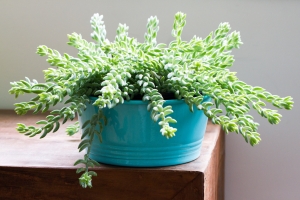
BURRO’S TAIL
A succulent of native Mexico, it does best in medium to high light and looks its best hanging from a basket or trailing over a large container. These succulents’ look with their overlapping gray-green or gray-blue leaves truly bring to mind a bushy burro’s tail . They can grow up to 3 feet long! During its winter dormancy, keep the soil on the dry side. Fertilize once in summer with a 10-10-10- fertilizer. Keep the burro’s tail where it won’t be disturbed since it only takes the slightest touch for the leaves to fall off.
HENS-AND-CHICKS (Sempervivum tectorum)
Sempervivum tectorum shares the same nickname with echeveria, hens-and-chicks. The two are closely related but have slightly different
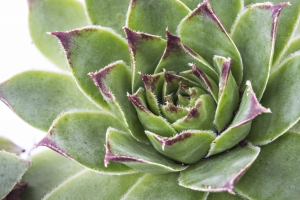
shapes. Both produce “chicks” that are small, identical little plants slightly offset from the mother (the hen). Both also form in rosettes, but with Sempervivum tectorum each leaf tends to be flatter and more pointed and the flowering patterns are different. Individual Sempervivum tectorums grows pink star-shape flowers on plants that die after flowering. But since they produce so many offsets the loss is not noticable. In Latin sempervivum means “ever living.”
Echeveria succulents have thick leaves in rosettes of white, light pinks and blues. They stay about a few inches high and wide and can be combined in a single pot or arranged in a bouquet of succulents. Make sure water does not sit in the rosettes which can lead it to rot.
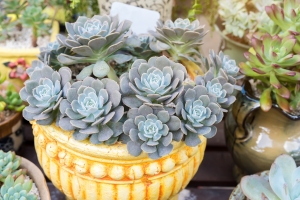
These succulents should be allowed to dry slightly between waterings. Overwatering causes rotting. Water very little during winter dormancy. It’s best to fertilize three times in summer with 10-10-10 balanced fertilizer. Water at the base of the plant. Though these succulents might look tough, if water touches their foliage or if they are bumped, they can be easily scarred.
JADE PLANT (Crassula ovata)
The jade plant is both beautiful and very easy to grow. This South African native is long-lived with thick stems and thick, glossy green leaves tinged with red. It’s beautiful stems and color create a wonderful feature for any space.
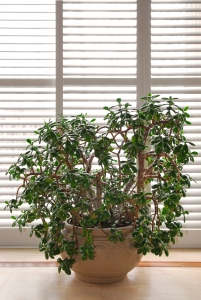
The soil needs to dry completely between waterings. But don’t wait for the leaves to begin to pucker or lose their shine which just means they are already stressed and may begin to drop their leaves. Over watering a jade will surely kill it. The plant will curl over in a weeping position if chronically over watered.
Jade plants are best potted in terra-cotta for good air movement through the soil. It also helps to balance a top-heavy plant. Because of its small root system, repotting is usually not necessary. If repotting, use a cactus mix or well-draining potting soil. Fertilize three times in summer only with 10-10-10 fertilizer. Pruning jades can keep them looking symmetrical and the trimmed branch or leaf can be planted to create a new one.
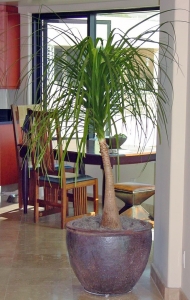
Ponytail Palm (Beaucarnea recurvata)
Another very beautiful plant, the ponytail palm or sometimes referred to as elephant foot, lends and artistic touch to interiors. Though not a palm tree at all, it does resemble them with feathery mops of curly, straplike green leaves sitting on a leathery type trunk. It’s a succulent due to its water-storage in the base of the trunk that swells the base to look like a swollen bulb. This makes it the perfect houseplant since it requires little watering.
The soil must dry out almost completely before watering and it does best in low humidity. Ponytail palms like high light, direct sun if possible and prefers hot temperatures like its native areas in the southwestern United States and Mexico. But it can adapt to medium light. If left in a more cool environment, water less often. This plant grows slowly, reaching 12-20 feet indoors and needs to e fertilized about once a year, using a balanced fertilizer such as 10-10-10. As the plant grows, it can get top-heavy for its container, and must be repotted to keep it from falling over.

